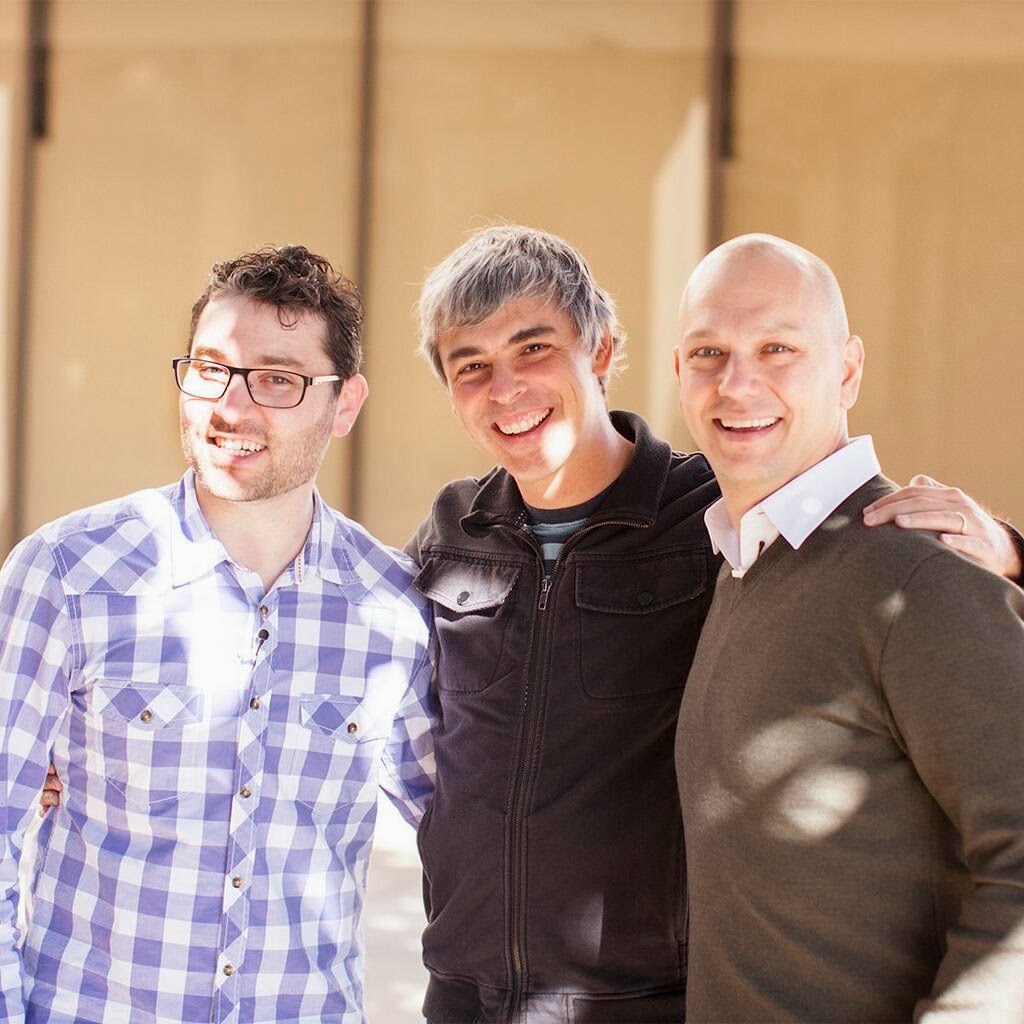"Matt Rogers" and "Tony Fadell" Co-founders of 'Nest'
From
last few days we noticed that nest labs and Google are in headlines for Google
acquisition for nest labs today I’m writing an overview about Google
acquisition of nest.
Nest "thermostat"
Introduction
TO NEST
Nest labs were co-founded by two
former apple engineers Tony Fadell & Matt Rogers in 2010.
Nest is a Home automation company
headquartered in Palo Alto, California. Nest produces a thermostat capable of
learning user behavior and working out whether a building is occupied or not,
using temperature, humidity, activity and light sensors.
Nest Labs specializes in re-inventing
common household gadgets, such as thermostats and smoke alarms, in the same way
that Apple reinvented the music player and the mobile phone with its iPod and
iPhone devices.
Many of its gadgets are internet-connected, so
they can communicate with other household devices or learn the user’s habits
and adjust themselves accordingly
Google
Acquisition
On January 13, 2014 Google announced plans
to acquire Nest Labs for US$3.2 billion and leaves Nest Labs to use its own
brand. Google completed the acquisition the next day, on January 14, 2014.
The acquisition ranks as the second
largest in Google’s history, behind its $9.4bn acquisition of Motorola
Mobility, and is expected to herald the start of a major push into consumer
devices.
Google has had reasonable success with
its Nexus tablets, Chromebook laptops and “Google Glass” internet-connected
spectacles, but has a way to go before it revolutionizes existing hardware
markets like its rival.
The firm will continue to be run by
chief executive Tony Fadell and maintain its own distinct identity, Google said
in a statement.
"Nest's founders, Tony Fadell and
Matt Rogers, have built a tremendous team that we are excited to welcome into
the Google family," said Google chief executive Larry Page.
Toney Fadell
Toney fadell is the co-founder of nest
and he is known as "one of the fathers of the iPod" for his work on
the first 18 generations of Apple's music player and was also involved in the
hardware design of the original iPhone. Mr. Fadell was head of Apple's music
division until he left the firm in 2008. Set up Nest Labs in 2010 along with
Matt Rogers and launched its first product, the Nest Learning Thermostat in
October 2011. Two years later, in October 2013, the company launched its smart
smoke and carbon monoxide detector.
What Toney said in His Interview?
Mr.
Fadell told the BBC that he first came into contact with Google in 2011 through
a "chance meeting" with the firm's co-founder, Sergey Brin .
He
said he showed Mr. Brin an early version of the Nest thermostat. He liked it
and many Google staff members later installed it in their homes.
"They've
always been keen on what we were doing, because they thought we had a crazy
idea and they love crazy ideas," Mr. Fadell said.
Rocket ship
In a blog post,
Fadell explained the reasoning behind Nest agreeing to the acquisition:
"Google will help us fully realize
our vision of the conscious home and allow us to change the world faster than
we ever could if we continued to go it alone. We've had great momentum, but
this is a rocket ship."
Google's CEO Larry Page said: "Nest's founders, Tony Fadell and Matt Rogers, have built a
tremendous team that we are excited to welcome into the Google family. They're
already delivering amazing products you can buy right now--thermostats that
save energy and smoke/CO alarms that can help keep your family safe. We are excited to bring great
experiences to more homes in more countries and fulfill their
dreams."
Matt Rogers
Rogers is the co-founder of Nest along
with Tony Fadell. Fadell is known for being the guy who designed the iPod.
Rogers was also working on the iPod before founding Nest. He designed the
software that ran it. Rogers was also one of the first engineers on the
original iPhone, and worked on the first iPad, too.
Rogers left apple in 2010. Rogers
said it was really hard to leave Apple back in 2010 to strike out on his own
with a startup. In an interview from May (posted in full below) he said:
"It was honestly probably the
hardest decision of my life. Apple was my dream job. I was making tons of
money. The stock was on the craziest ride of all time ... my family told me not
to do it. My friends told me not to do it, said 'you're crazy.'"
"Matt Rogers" and "Tony Fadell" with Google CEO "Larry Page"
Google Entrance in Home Automation
Android@Home
Google has previously tried to enter
the home automation market with Android@Home announced at Google's I/O
conference in June 2011, however the programme has yet to produce any concrete
products, despite some continued mentions of the programme in Android's mobile
operating system.
Nest would have been an attractive
proposition for several companies, including Fadell's former employer, but the
purchase by Google will give the search giant an important foothold in the
burgeoning home automation market.
Google certianly has the resources and
expertise at its Mountain View headquarters to expand the reach of Nest
products. It could also see Android becoming a ubiquitious platform for smart
home appliances.
For Nest customers wondering how the
situation will change for them following the Google acquisition, Rogers has posted a Q&A reassuring customers that the situation in relation to warranties and support
won't change.


















